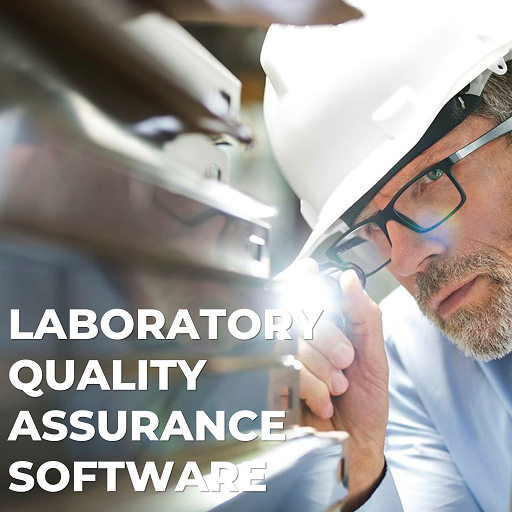Quality Laboratory Software for Pharma: A Complete Guide Introduction Quality Laboratory Software for pharma is becoming an essential tool in today’s regulated industry. Pharmaceutical companies must comply with strict quality standards, maintain accurate records, and meet regulatory expectations. Manual methods are slow and error-prone. In contrast, digital solutions ensure accuracy, speed, and compliance. With Quality…
Quality Control Software vs Traditional QC: A Detailed Comparison Introduction In competitive industries, quality defines reputation, efficiency, and customer trust. Companies now compare digital quality assurance software with traditional quality control methods. While manual QC relies on inspections and paperwork, digital tools offer automation, data accuracy, and real-time insights. With this shift, organizations reduce errors,…
Paperless Labs: The Role of LIMS in Digital Transformation Introduction The journey toward digital transformation in laboratories has one clear milestone—going paperless. Traditional lab operations often rely on manual record-keeping, logbooks, and spreadsheets, which are time-consuming and error prone. To stay competitive and compliant, modern labs are adopting Laboratory Information Management Systems (LIMS) to eliminate…
Must-Have Features in Laboratory Software for GMP Compliance Introduction Pharmaceutical, biotech, and life sciences laboratories operate under strict Good Manufacturing Practice (GMP) guidelines. Ensuring compliance means every test, record, and workflow must meet regulatory standards while maintaining data integrity. Manual systems often fall short, leading to errors and compliance risks. This is where laboratory software…
LIMS, QA, and QC: Understanding the Differences in Lab Software Introduction Laboratories today face increasing demands for accuracy, efficiency, and compliance. While many people use the terms LIMS, QA, and QC interchangeably, they actually refer to different but complementary systems. To stay competitive, labs must understand LIMS, QA, and QC: understanding the differences in lab…
LIMS QC Software for Streamlined Sample Tracking and Analysis Introduction Laboratories today face growing challenges with rising sample volumes, strict compliance requirements, and demand for faster results. Relying on spreadsheets or manual processes often creates delays, errors, and missed deadlines. That’s why many labs now invest in LIMS QC software for streamlined sample tracking and…
Laboratory Software Trends to Watch in 2025 Introduction Laboratories worldwide are embracing digital transformation to improve accuracy, compliance, and efficiency. With growing regulatory demands and rapid scientific advances, laboratory software trends are shaping the way organizations operate in 2025. From AI-driven automation to cloud-based data management, these innovations are changing the lab landscape. Understanding these…
Laboratory Software for Multi-Location Lab Management Introduction Managing several laboratories across different locations can quickly become complex. With scattered data, inconsistent processes, and varied compliance requirements, laboratories need efficient systems to stay aligned. This is where laboratory software for multi-location lab management makes a significant difference. It centralizes operations, ensures real-time visibility, and standardizes workflows…
Lab-Centric Quality Control Software for Better Test Results Introduction Laboratories today face increasing demands for precision, compliance, and efficiency. Traditional methods often struggle to keep pace with complex testing requirements, stringent regulations, and rising sample volumes. This is where lab-centric quality control software plays a vital role. By centralizing test management, automating workflows, and ensuring…
Lab Automation Starts with the Right Laboratory Management Software Introduction In today’s fast-paced scientific and manufacturing environments, laboratories must operate with greater accuracy, speed, and efficiency. Manual processes are no longer sufficient to meet the demands of quality, compliance, and productivity. This is where laboratory management software plays a critical role. It serves as the…










